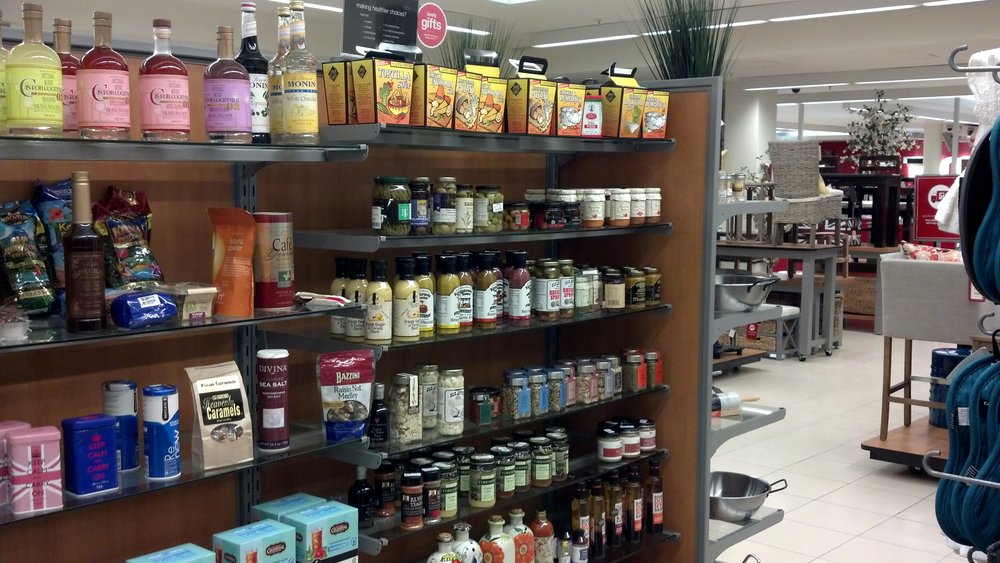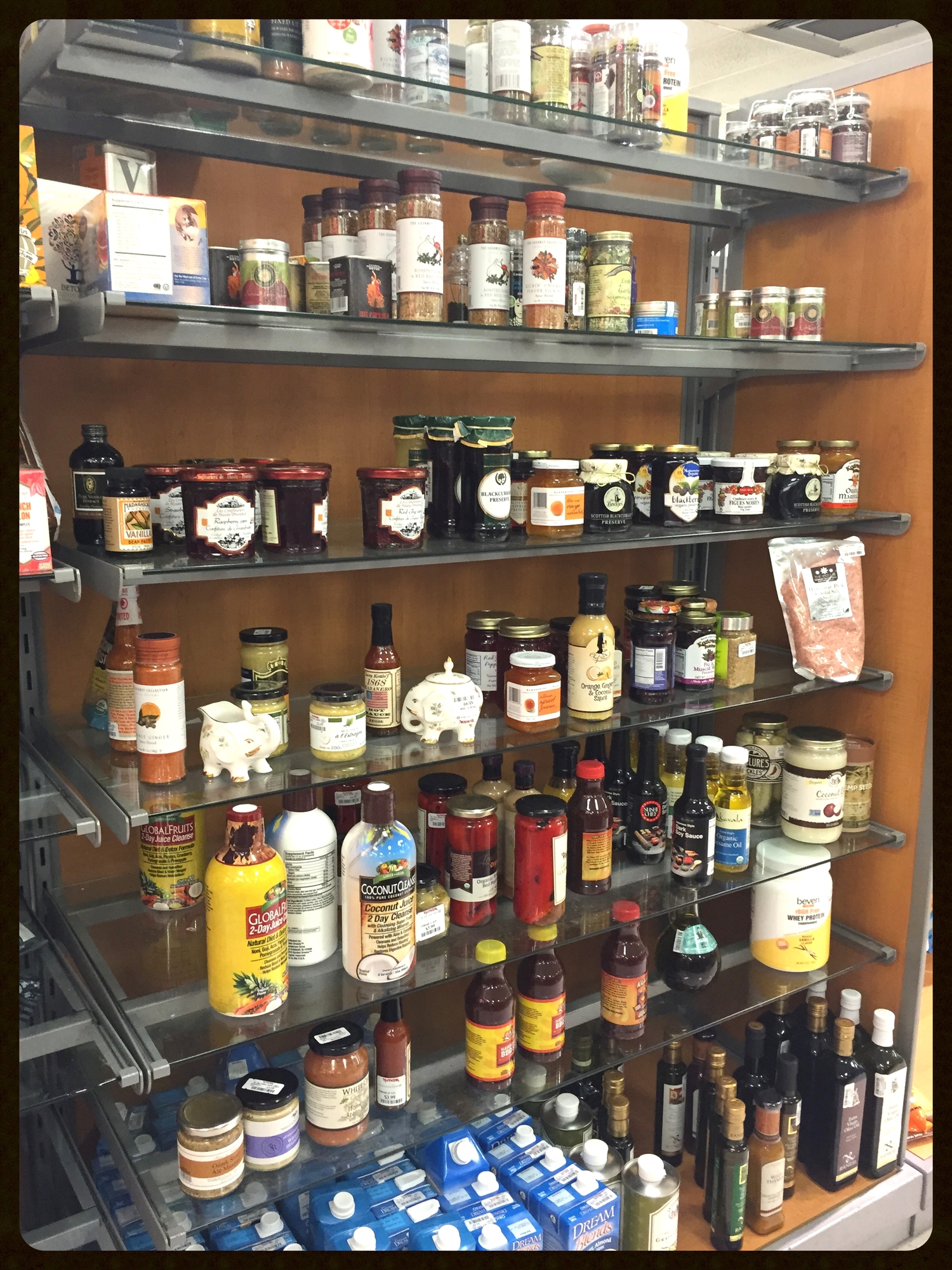So What’s The Deal With The Food At T.J.Maxx?
The food area of your local T.J.Maxx can be in a state of seemingly perpetual chaos. A few containers of chocolate-covered almonds next to a single bottle of rosemary-infused olive oil next to a fully stocked shelf of tea.
It turns out, this sense of “you never know what you’re going to get” is kinda the point.
A great article from Bon Appétit details how, for example, “a jar of bacon-flavored spice and a bottle of Sriracha ketchup is an unappealingly misplaced bottle of Poopculture’s Rosewater Spray Toilet Freshener. There is no order, but there’s a scheme behind the mess that makes for a successful, sneaky merchandise model.”
There are some acronyms at work here that represent the time-honored marketing principle of supply and demand. For instance, “FOMO” means “Fear Of Missing Out.” There is also “WIGIG“, which means “When It’s Gone, It’s Gone.”
TJM buyers apparently want their stores to run out of merchandise. To some people, it might make it appear that there’s always a big demand, and you better get there early in the day if you want your “All Natural Butternut Squash” from Dave’s Gourmet. (Of course, the flip side to this coin is that shoppers may become disgruntled that their item “always seems to be out.”) This puts pressure on the consumer, says Wharton marketing professor David Bell.
Shankar Vedantam is the host of the NPR behavioral science podcast Hidden Brain, and as he says in the Bon Appétit article, “Companies have known for a long time, if you provide people with the sense there’s an infinite supply of whatever they’re buying, for some products that will drive down the demand: Why do I (need) to buy this today, (when) I can buy this tomorrow?”
TJM also stocks gourmet items that are made just for them, ordering large quantities so they can get a lower price from the source. And you can’t create a “sense of scarcity” for normal everyday items. It has to be the unique off-the-beaten-path stuff (take “Organic Beetroot Powder,” for example). Wander through their food aisle and you’ll find things that you didn’t know existed, much less that you needed. And they know this.
Another TJM feature are the “Compare At” stickers. When you put that exotic spice in your cart, you’ll see what he cost is at TJM and what it will cost elsewhere. Seeing the TJM discounted price makes you want it even more.
So there you have it: The next time you wander down the TJM aisle wondering why coconut oil is for sale next to stone-ground mustard, now you know why.



